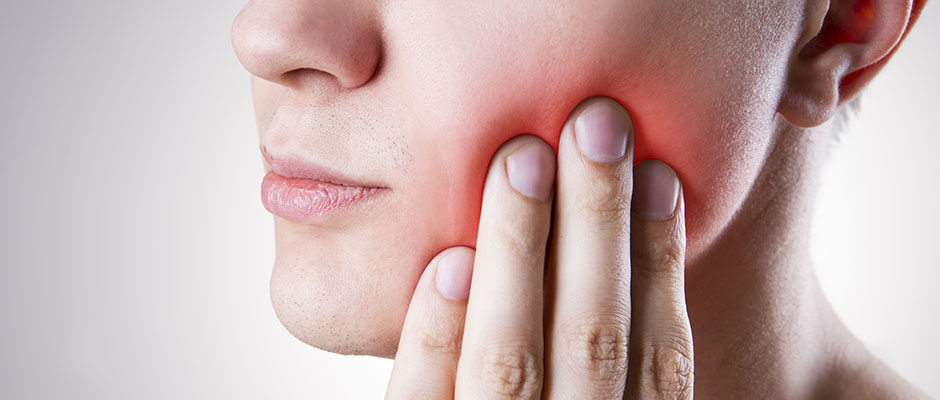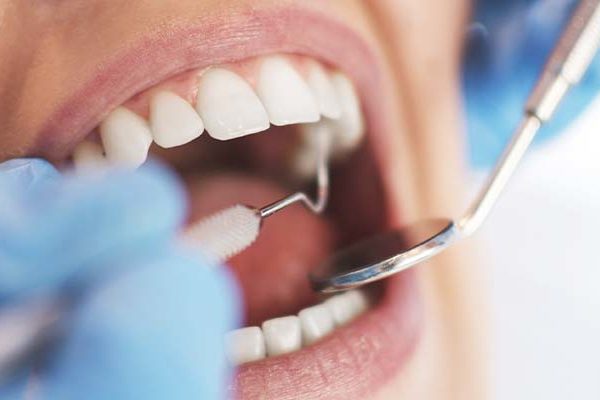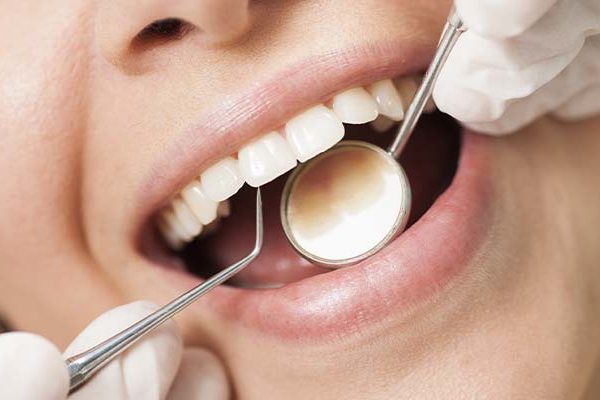Although tooth decay is incredibly common, periodontal disease or gum disease is a far bigger threat to your teeth. It is a major cause of tooth loss because of the way it destroys gum and bone, the structures responsible for holding your teeth firmly in place. It is also one of those diseases where the early signs are easily ignored, but a late diagnosis can allow the disease to become chronic so ongoing treatment is needed to keep it in control.
What is Periodontal Disease?
Periodontal disease is a bacterial infection that affects the gums, resulting in inflammation as your body’s immune system tries to fight the infection. It is the inflammation that causes the destruction, first in your gums, before spreading to the bone around your teeth and to the connective tissues holding your teeth in place. Periodontal disease is generally due to poor oral hygiene which allows disease-causing bacteria to build up. There are a couple of distinct stages of periodontal disease.
What are the Different Stages of Periodontal Disease?
The initial symptoms are quite mild and you could notice your gums bleed a bit when you brush or floss, or that they look slightly swollen or red. If you smoke, your gums might not even bleed because nicotine constricts the blood vessels in the gums. These symptoms are easily dismissed as perhaps being due to overbrushing or flossing too hard, but strong and healthy gums that are free from infection should not bleed. This early stage of periodontal disease is called gingivitis and it is completely curable. It is a completely different matter if your gingivitis isn’t treated. Without treatment, it will develop into periodontitis or advanced periodontal disease.
When periodontal disease advances, it will begin to cause serious damage to your gums, jawbone and connective tissues, which are the ligaments securing your teeth in place. The symptoms will become worse and you may well notice your gums bleed more frequently by now or that they hurt or feel tender if lightly pressed.
You might also have noticed increased tooth sensitivity or that your teeth look longer than you remember. This is due to gum recession caused by the infection, because exposing your tooth roots can increase tooth sensitivity. As the infection really takes hold, your breath may become bad or you will feel as if you have a nasty taste in your mouth. With severe periodontitis, teeth can loosen and you might notice your teeth bite together slightly differently due to this movement.
How We Can Help
If you regularly visit Tsawwassen Place Dental, your checkups with Dr. Larry Leslie or Dr. Tom Greene should soon detect the earliest signs of periodontal disease. At this stage, a hygiene appointment with one of our gentle and very experienced hygienists could be all that is needed. Scaling and polishing your teeth will remove calculus from your teeth. This is hardened plaque bacteria that causes periodontal disease and its removal will help to improve your gum health.
Our hygienists can also work with you to improve your oral care routine by showing you some different brushing and flossing techniques that could be more effective.
Advanced periodontal disease is trickier to treat and one treatment that is often used is called scaling and root planing which helps to deep clean your gums. This treatment is similar to scaling and polishing, but also cleans any exposed tooth root surfaces. Scaling and root planing may need to be repeated at regular intervals to help bring the disease under control, combined with improved oral care at home.
* Source: Centers for Disease Control www.perio.org/consumer/cdc-study.htm





